They say all good things come to those who wait. After Paul’s invitation (issued after his second trip to the Kalahari in 1992), a personal change of career and circumstance, meant it took twenty three years before I could call him and ask if his offer was still good. It was and what a trip it turned out to be.
A vast semi-desert of over 900,000 square kilometers, the Kalahari covers most of Botswana and vast parts of Namibia and South Africa and is spectacularly beautiful, especially the sunsets. But to the uninitiated, perhaps looking out the window of a moving car, it can seem monotonously similar in both colour and topography for many kilometers and hours of travel. But when you turn off the main road, it starts to weave its magic.
We arrived at our camp on a huge tract of some 25000 hectares of red land not far from Askham. As part of a land restitution process it had been handed back to the ǂKhomani San tribe who are descended from the bushmen who had roamed the area in centuries gone by. As a sustainable way of earning money for their people, they had removed all internal fences and were guiding paying hunters during the season. A tank holding 500 litres of water, three sacks of ‘Kameeldoring’ firewood and a cleanly swept campsite is provided. It was all we needed because as Paul said, he had brought everything else along.
We pitched tents and arranged the supplies with the help of our two guides and trackers, ‘Blade’ and ‘Arries’. They would be our companions for the time we hunted there and from the banter that started right after we arrived, I knew it was going to be an entertaining five days.
Everything was in its place by midday so we decided to start hunting straight away. We had two gemsbok, four springbok and one red haartebees on our permit, none of which I had hunted before. I had once enjoyed succulent springbok venison made by Paul’s wife Eliese, so I was really after springbok and was using Paul’s little custom made 6×45mm. He carried his 7×57mm Mauser in case we came upon gemsbok.
I quickly found my prior efforts to gain fitness for hunting the Kalahari should have been a bit more rigorous, because that red sand is soft. You also need good ankle high boots or else that fine sand finds its way through your socks and causes blisters. The dunes which traverse the landscape are separated by the hollows between them called ‘strate’ (or streets), where the game is most often found grazing or loafing. Dunes vary greatly in height and each has to be laboriously climbed to gain a vantage point to scout for game in the straat below. I was amazed however, at how fast one can pick up a bit of fitness after a few days when pushed.
Although there was a good amount of game, abundance is a relative term due to the low carrying capacity of the veld and they were by no means in every straat, so a lot of up and down hiking took place before Arries pointed out a lone springbok ram on the side of a dune across from the one we had crawled up. I was breathing hard and sweating freely as I lay and settled into the sand to aim and finally squeeze the trigger. It had been a long time since I had hunted and I was incredibly relieved when the ram dropped where it stood. Paul’s range finder said 180 meters so I was quite pleased with myself, but it was pushing the truth when Arries said “Man jy’s nes a sniper!” I was to prove him very wrong the next day.
Despite the bitterly cold mornings, we rose at 5.30am each day to get the fire going. We then had coffee and rusks at about 6am and were driving to put some distance between us and camp by 6.30am just as the Eastern horizon lightened. Once we switched off the bakkie’s engine, the silence was as vast as the land we stood in and we waited a while, soaking it all in. Then we would start walking.
That second morning we eventually found a relaxed group of springbuck after an hours walk and I crawled closer to take a long downhill shot at a ram standing off to one side. The ram fell over at the shot but got up immediately and started running with the herd. We could not find a single drop of blood at the spot, but there was no doubt he had been hit. “Nou begin die werk” Paul said, which turned out to be an understatement, and we started tracking the herd of about 40 springbuck.
We hoped to find the ram lagging to one side or even lying dead as we tracked the herd up and over numerous dunes. But no such luck. Distances are big in the Kalahari and when we did get the herd in sight from time to time, they were just moving dots to the naked eye and it was only with binoculars that we could actually see any detail. Eventually Arries noticed a small bit of the plume of white hair (which runs the length of the back and is called a ‘pronk’ in Afrikaans), was raised on one buck when on the others it lay flat. Although that animal was easily keeping up with the rest, we felt it was the wounded ram exhibiting some discomfort and it gave us renewed hope. After another hour tracking and following, Arries said he thought he could see a small red mark high up on the shoulder and we became pretty certain it was my ram and we pressed on harder because the herd kept moving steadily, covering ground at a surprising pace.
Eventually the herd split and we were undecided which group my ram had run with. Paul and Arries opted for the left, leaving Blade and myself to check those that had veered to our right. Eventually we heard Paul’s Mauser boom in the distance and we turned back towards the sound. I could see the smile on their faces from a long way off and a feeling of relief rushed through me before we met beneath a camelthorn.
There is no glory or fun about wounding an animal, but there is a sense of satisfaction in working hard for the next best outcome. It took us an hour to find the herd of springbuck. Then from the time of my first shot to Paul’s coup de grace, it was five and a half hours of hard slog. Then another two hours of direct, sweaty walking back to the bakkie, which we would have struggled to find without Blade and Arries showing the way. Then another hour to drive, pick up the ram, drop it at the cold rooms and finally get back to camp. Never has a beer tasted so good!
I think Paul is right when he said that hunts often tend to be more memorable for the cockups than the success stories. Over the next three days, he got a springbuck and two gemsbok with good shots and after a long stalk I got another big springbuck ram and dropped it where it stood, but the details of retrieving the wounded ram are clearer than all the rest. We never got close to those cunning hartebeest though and I would love to make them a mission for another day.
It’s not only the hunting that makes a trip memorable and two incidents were out of the ordinary; the name Kalahari is apparently derived from the Tswana word Kgalagadi, meaning ‘a waterless place’. Well, it started raining softly, late one afternoon and a rainbow arched in the East as the sun set in the West. There is nothing quite like falling asleep in a tent, in the middle of nowhere, to the patter of rain.
In June the swarms of sociable weavers were widely dispersed and other bird species are fairly quiet. Nights are cold and insect life is practically dormant, but miracles of nature occur when least expected. One night, a large, pale colored moth landed on the lip of my wine glass and literally quivered in excitement. I poured a small bit of red wine into the palm of my hand and it then alighted on my thumb, unfurled its proboscis and sipped long and contentedly. Where had it been hiding and how on earth did it smell that fruity liquid and find it so accurately? Once it had drunk its fill, it flew off into the night and I fancied it did a barrel roll just as it left the firelight thrown by the burning camelthorn logs.












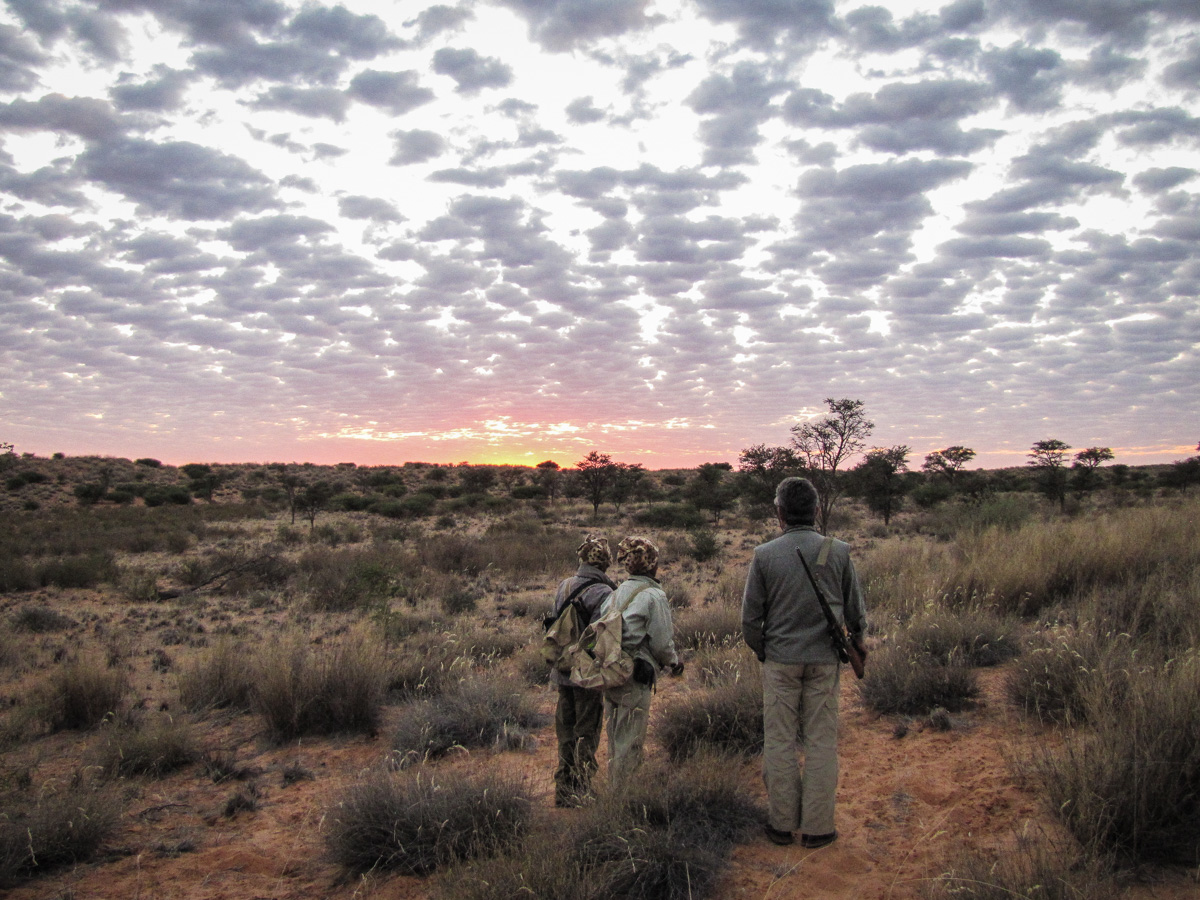
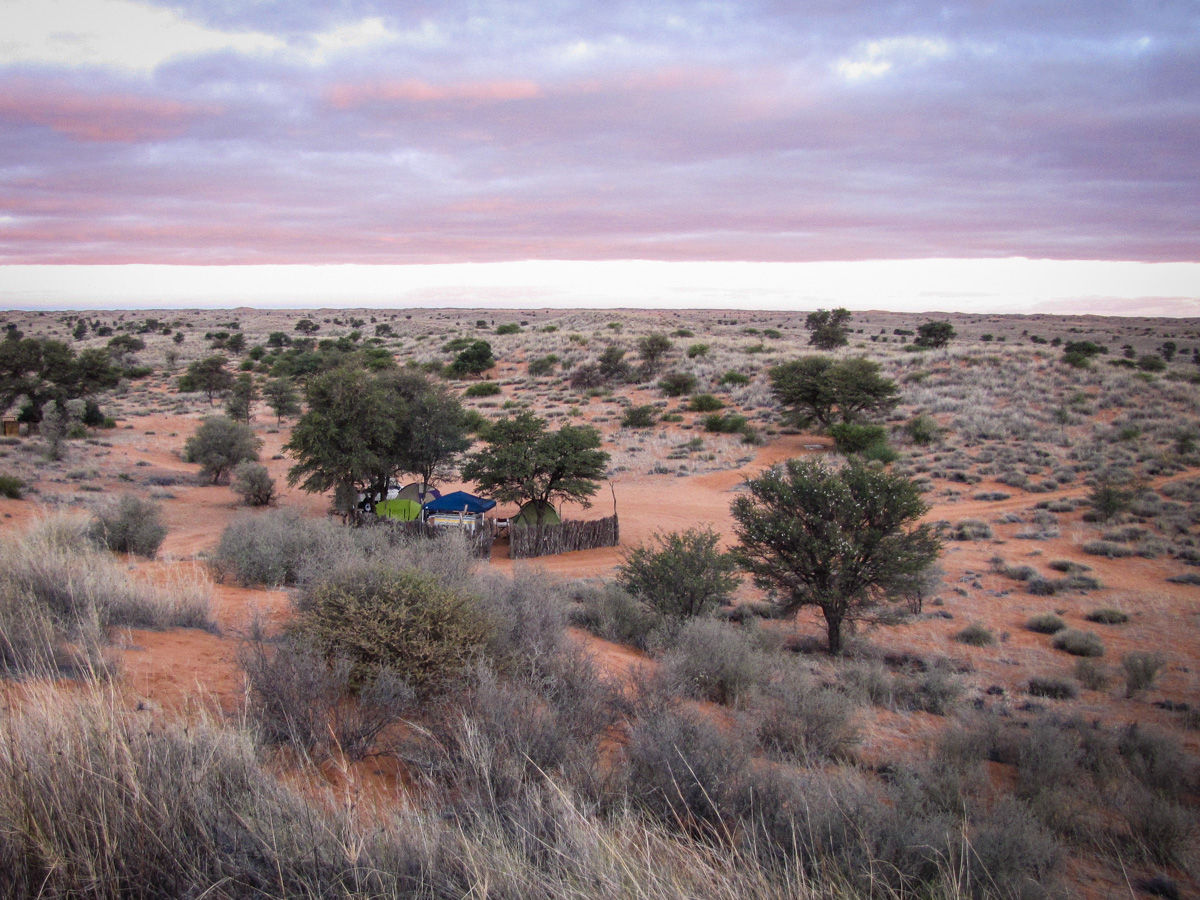
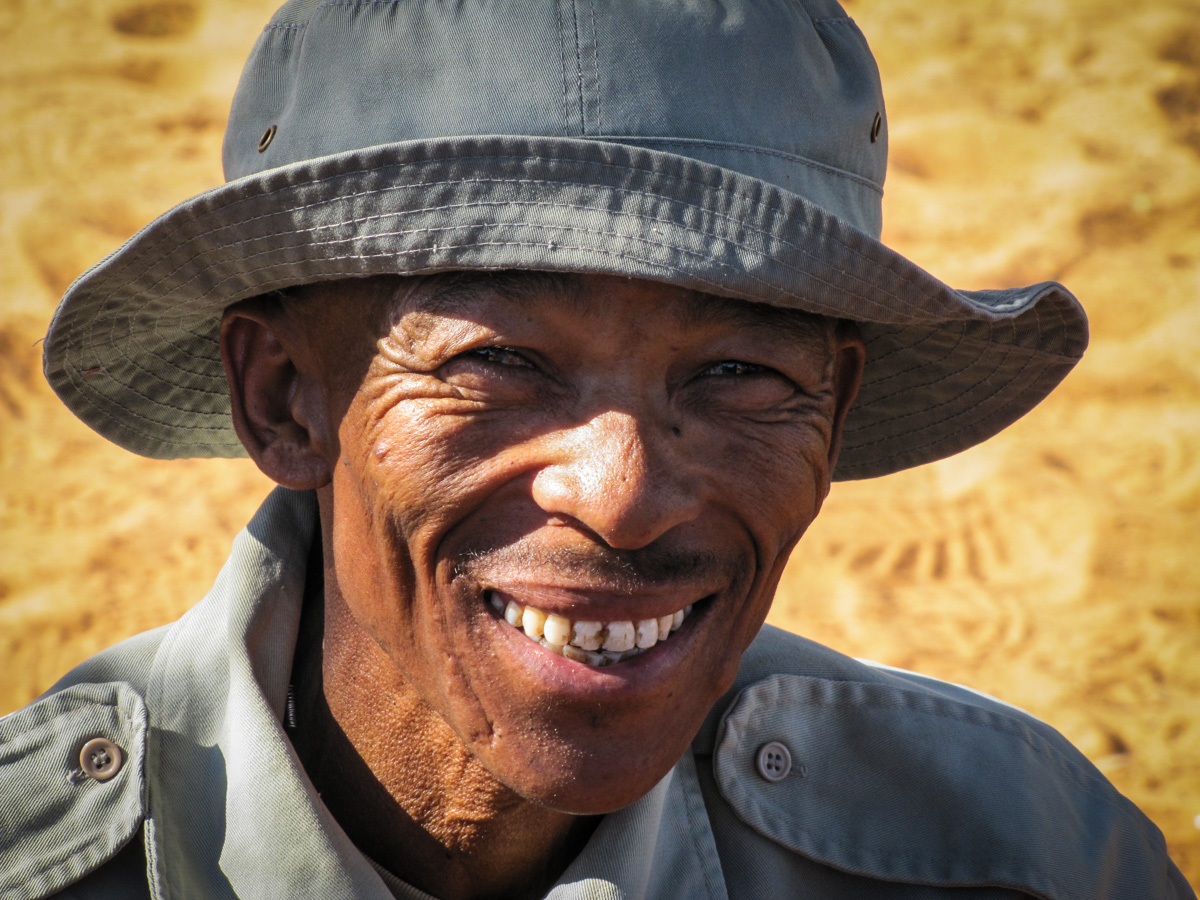
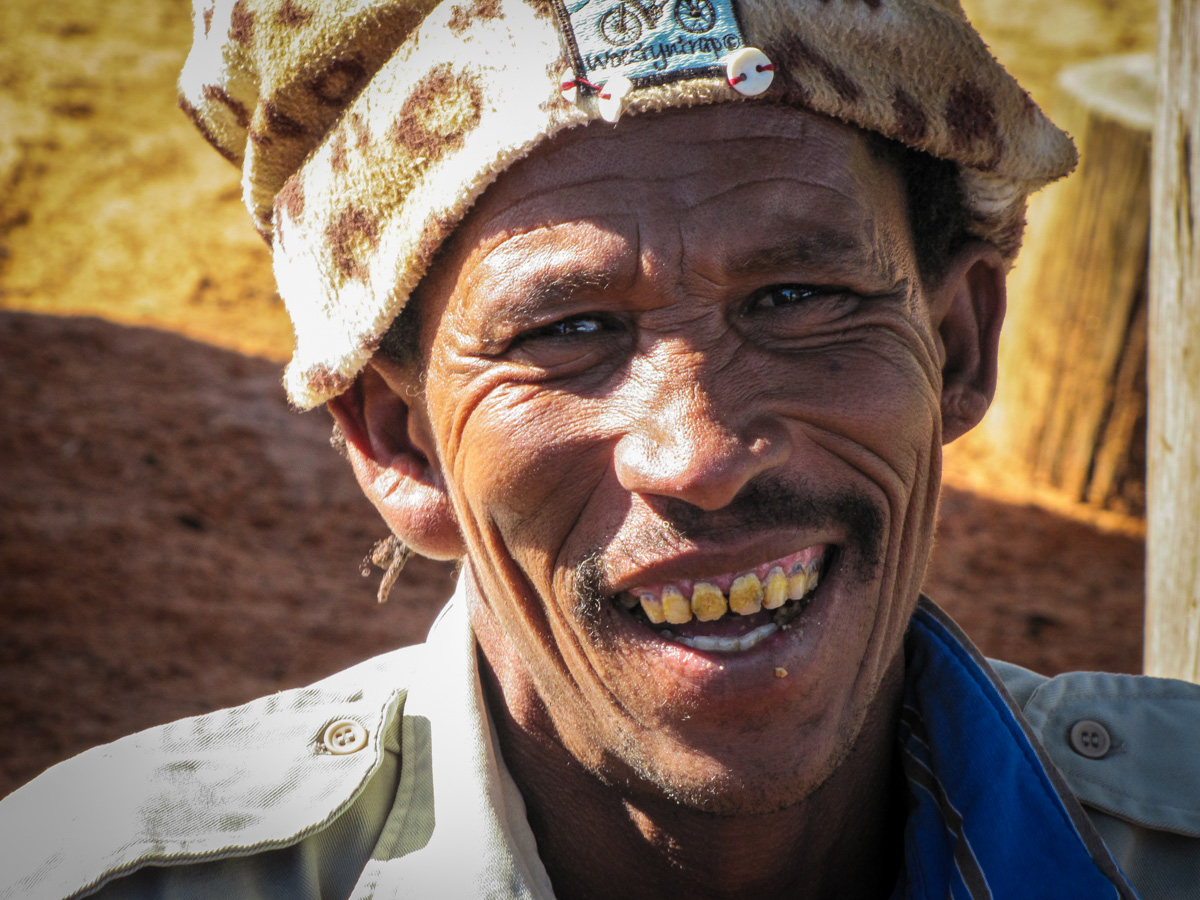
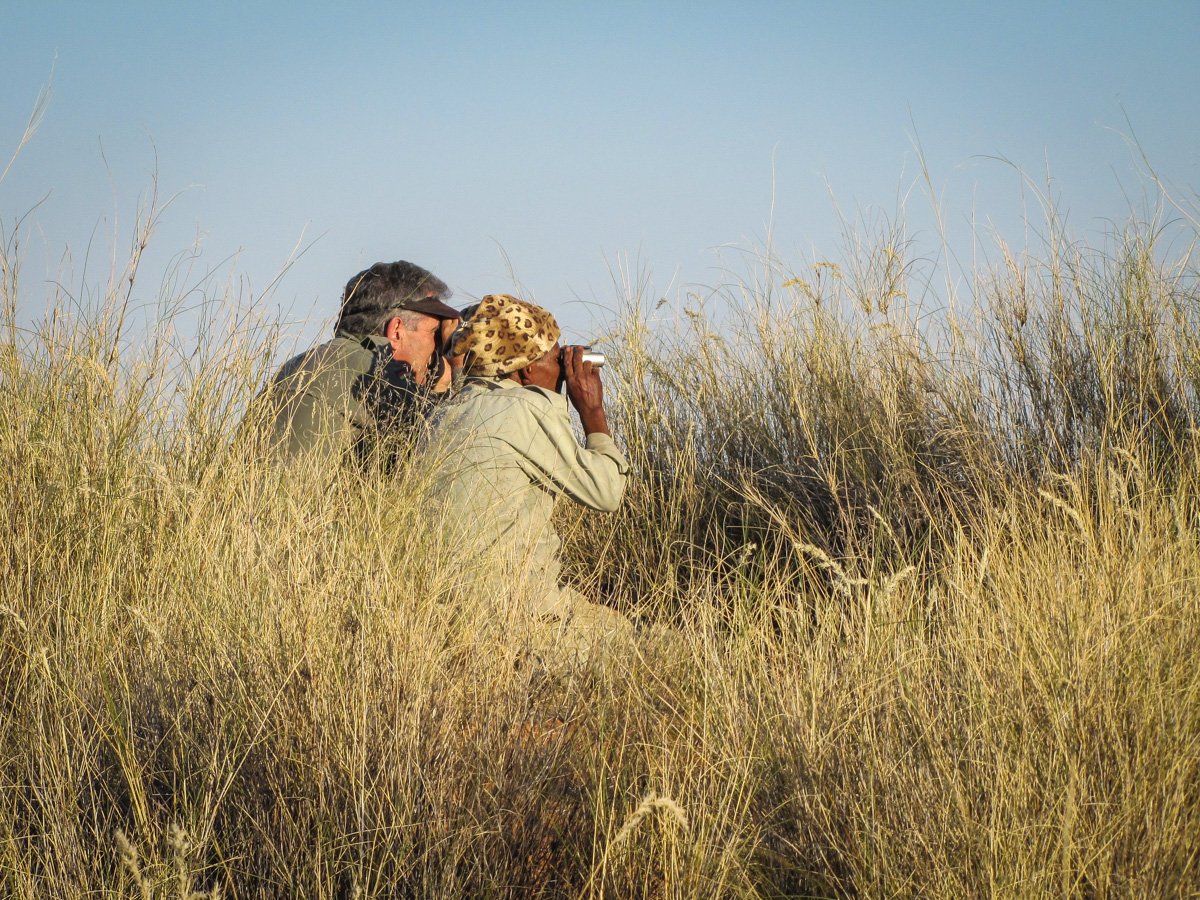
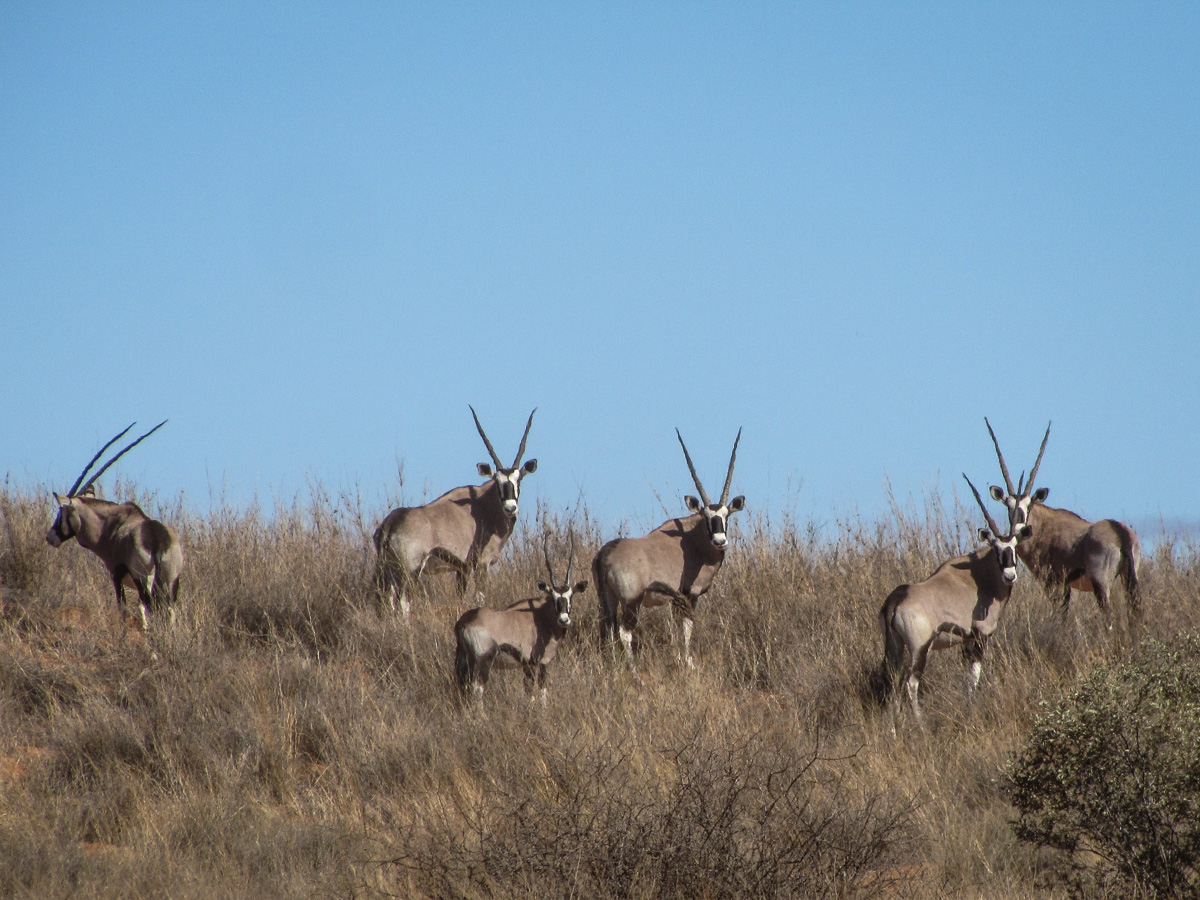
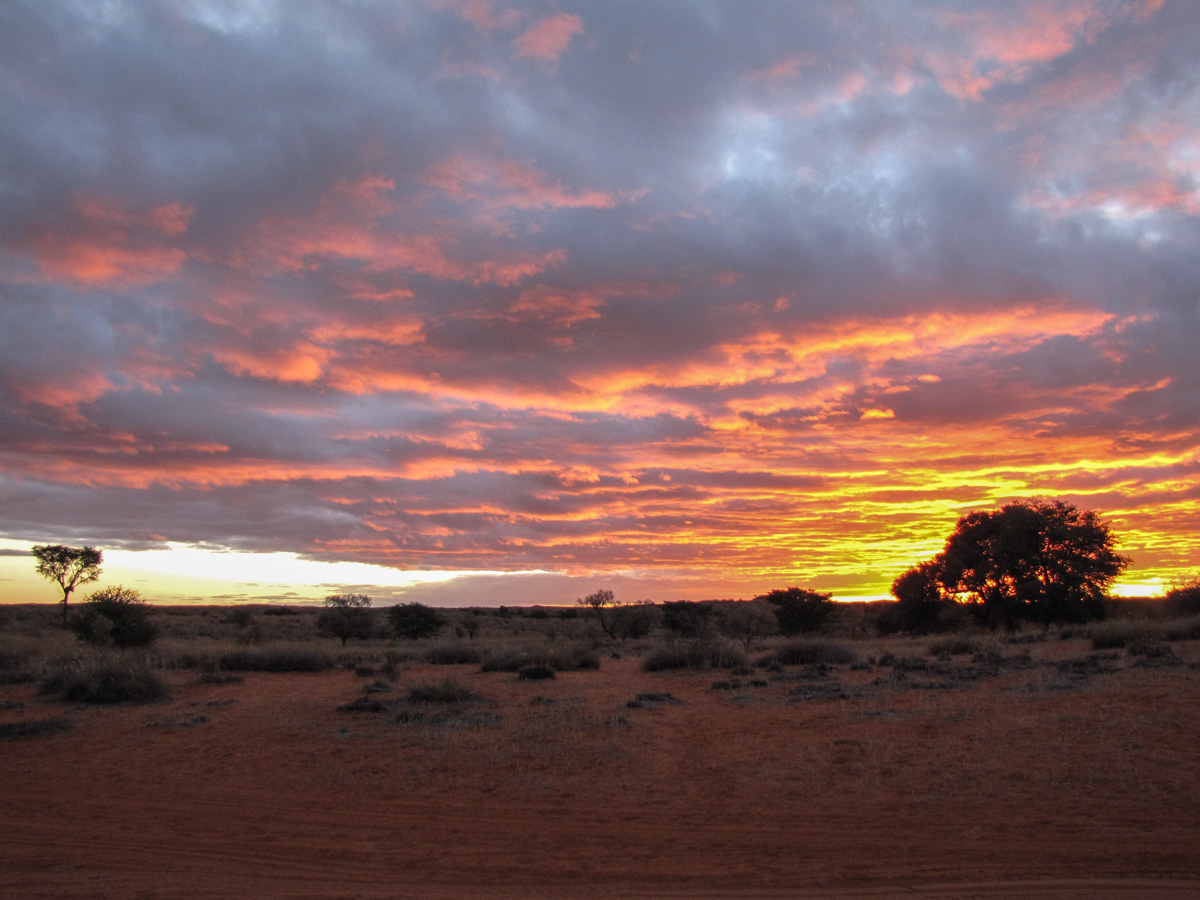






Tim Wilkes on April 18, 2016 at 3:18 am
Colin, very nice story. Thank you
Larry on April 18, 2016 at 8:39 am
Wonderful writing and excellent story. I've never been to the Kalahari, though it is defiantly on my bucket list!
Neill on April 18, 2016 at 2:17 pm
A super story and fine photographs, thanks for sharing.
Matthew Schmidt on April 19, 2016 at 4:25 pm
Very well written story, great to read.
Matt Schmidt.